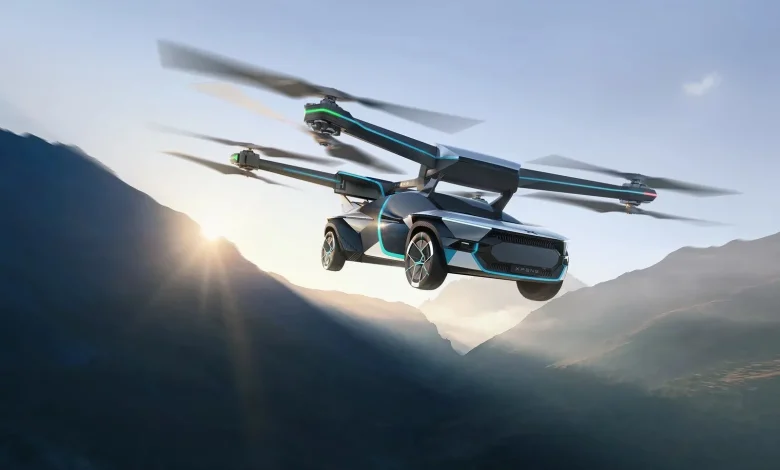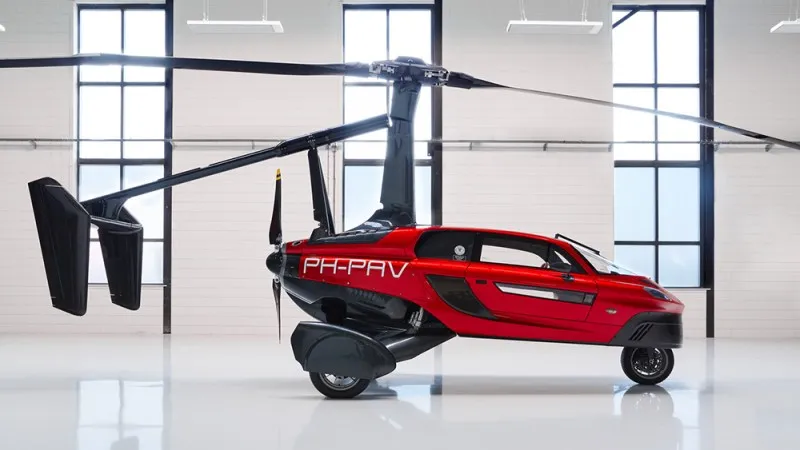
Are Flying Cars Finally a Practical Reality?
The rise of flying cars suggests that futuristic transport is close to mainstream use, but challenges still remain in regulation and design.
What once belonged to science fiction is inching toward everyday life: flying cars are no longer a fantasy. In recent years, companies like Alef Aeronautics, Joby Aviation, and Volocopter have made major strides in creating vehicles capable of both driving on roads and flying in the air. Some prototypes have already received preliminary flight clearance, and commercial releases may be just a few years away.
These next-gen vehicles aim to redefine mobility, especially in congested urban areas. With vertical takeoff and landing capabilities, flying cars promise to reduce traffic, shorten commute times, and even change how cities are designed. The potential is real—but it comes with significant caveats.
The Roadblocks Ahead for Takeoff
Despite the excitement, major hurdles remain before flying cars can enter the mainstream. Infrastructure is one of the biggest concerns. Cities would need designated air lanes, “skyports,” and traffic management systems to avoid chaos in the skies. Current aviation regulations are also not tailored for such low-altitude, high-frequency personal flights.
Another challenge is affordability. Most flying cars in development cost hundreds of thousands of dollars. Until prices drop through mass production or technological breakthroughs, they’ll remain luxury items for the few. Additionally, public trust is a major barrier. The idea of autonomous or pilot-controlled airborne vehicles sharing space with commercial planes and drones raises safety and liability questions.

Who’s Leading the Charge in Development?
Several major players are already well into development. Alef Aeronautics’ “Model A” received FAA approval for test flights and is expected to retail at around $300,000. Joby Aviation has backing from major investors like Toyota and has conducted successful test flights of its electric vertical takeoff and landing (eVTOL) aircraft.
Volocopter is working closely with regulators in Europe to prepare for a commercial launch in time for the 2024 Paris Olympics. These companies are not just building flying cars—they’re laying the groundwork for an entire transportation ecosystem involving battery swaps, pilot licensing, and automated navigation.

What’s Next for Sky-High Transportation?
The next decade could see a dramatic shift in how we think about personal transport. With continued investment and regulatory adaptation, flying cars might first appear in limited markets: emergency services, air taxis, or tourist flights. As safety improves and costs fall, the consumer market may follow.
For now, flying cars are best seen as a technological milestone, not an immediate replacement for your daily commute. But their existence is no longer theoretical—just selective. If the right mix of innovation, legislation, and public acceptance aligns, the dream of personal air travel could finally become a grounded reality.



